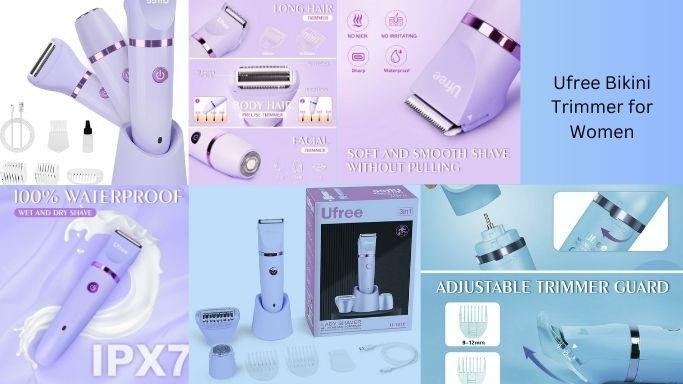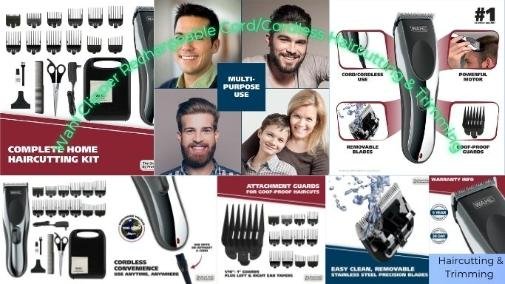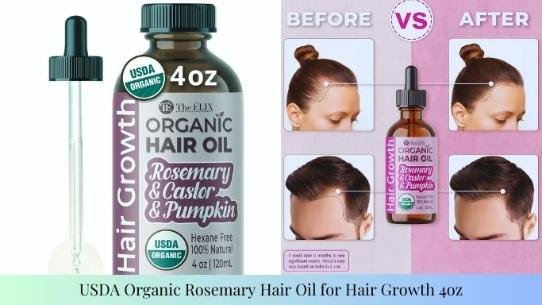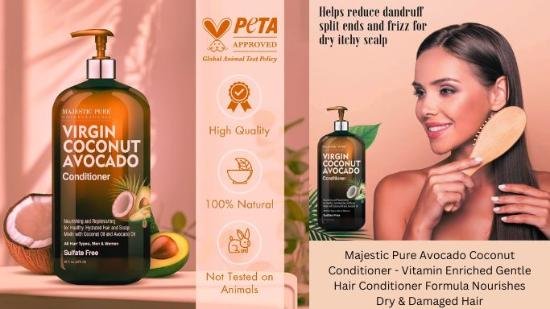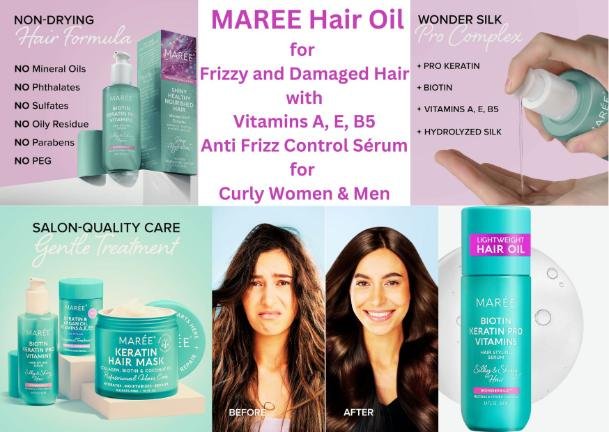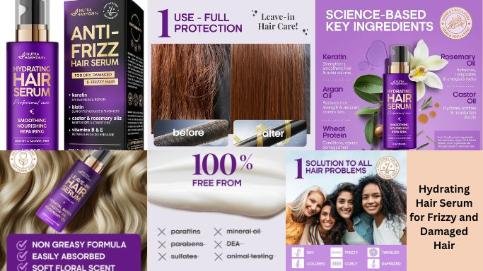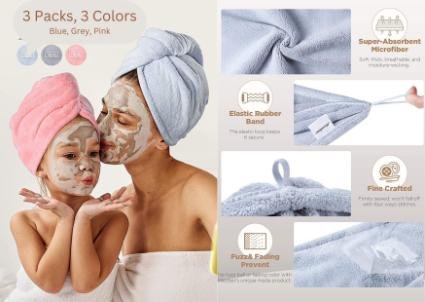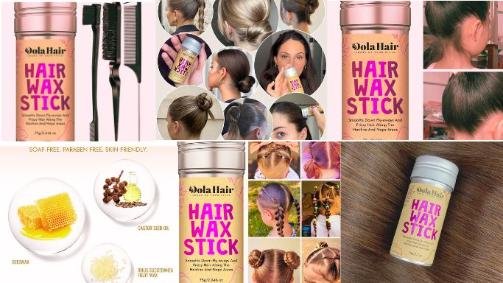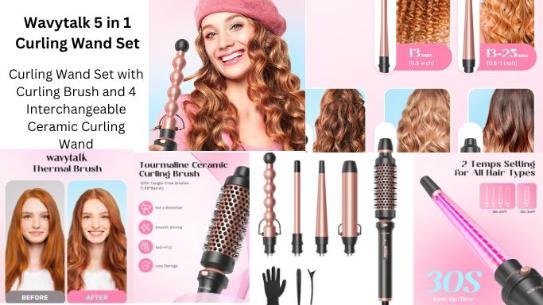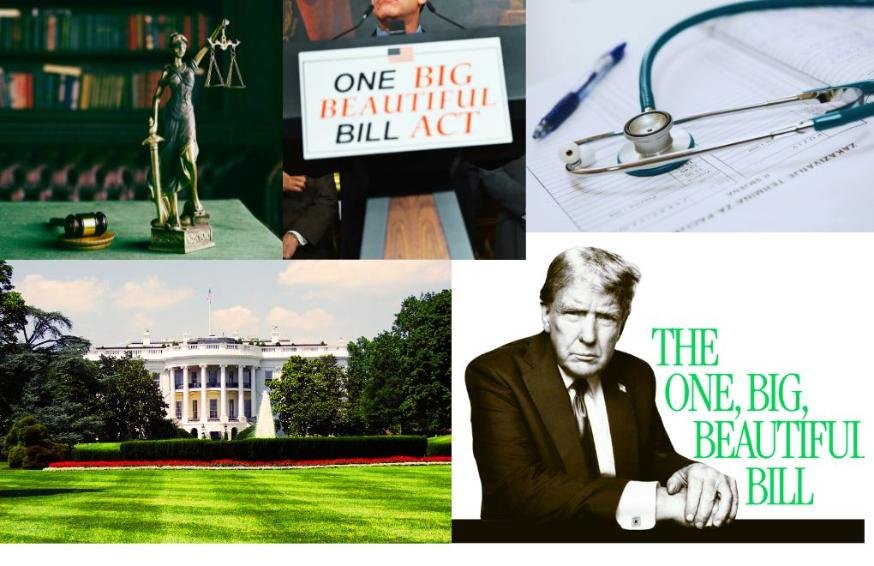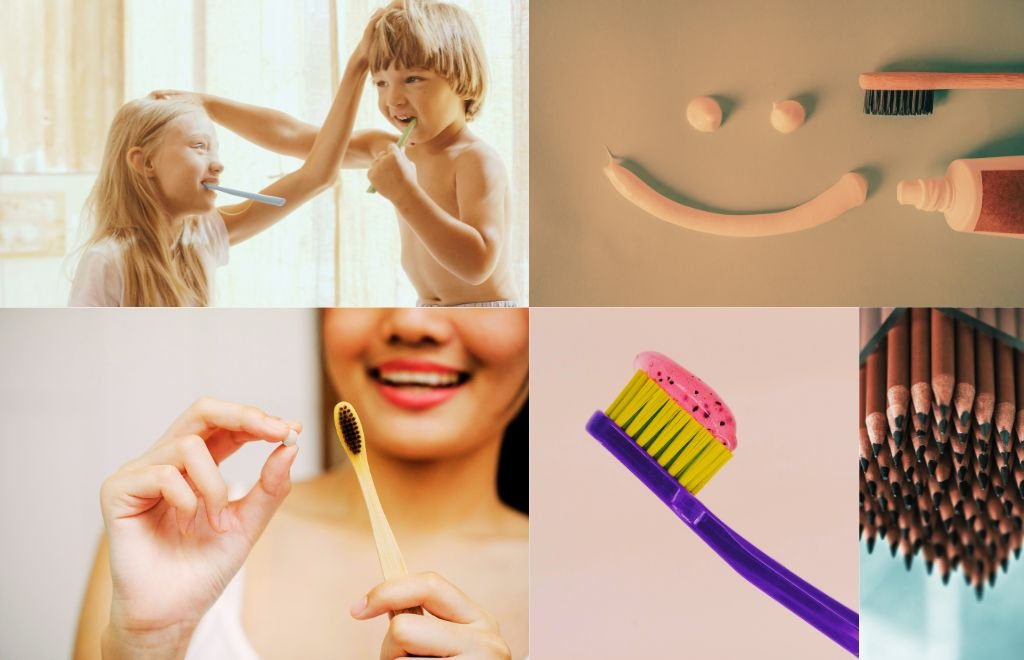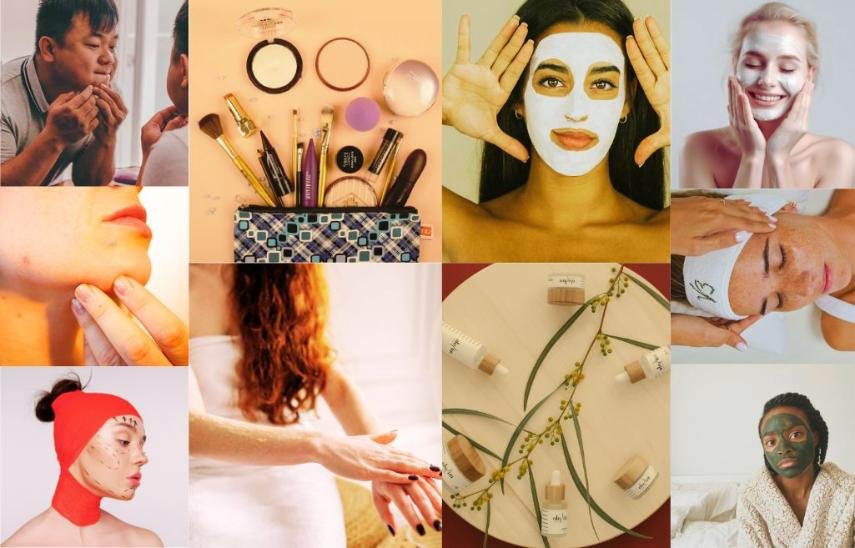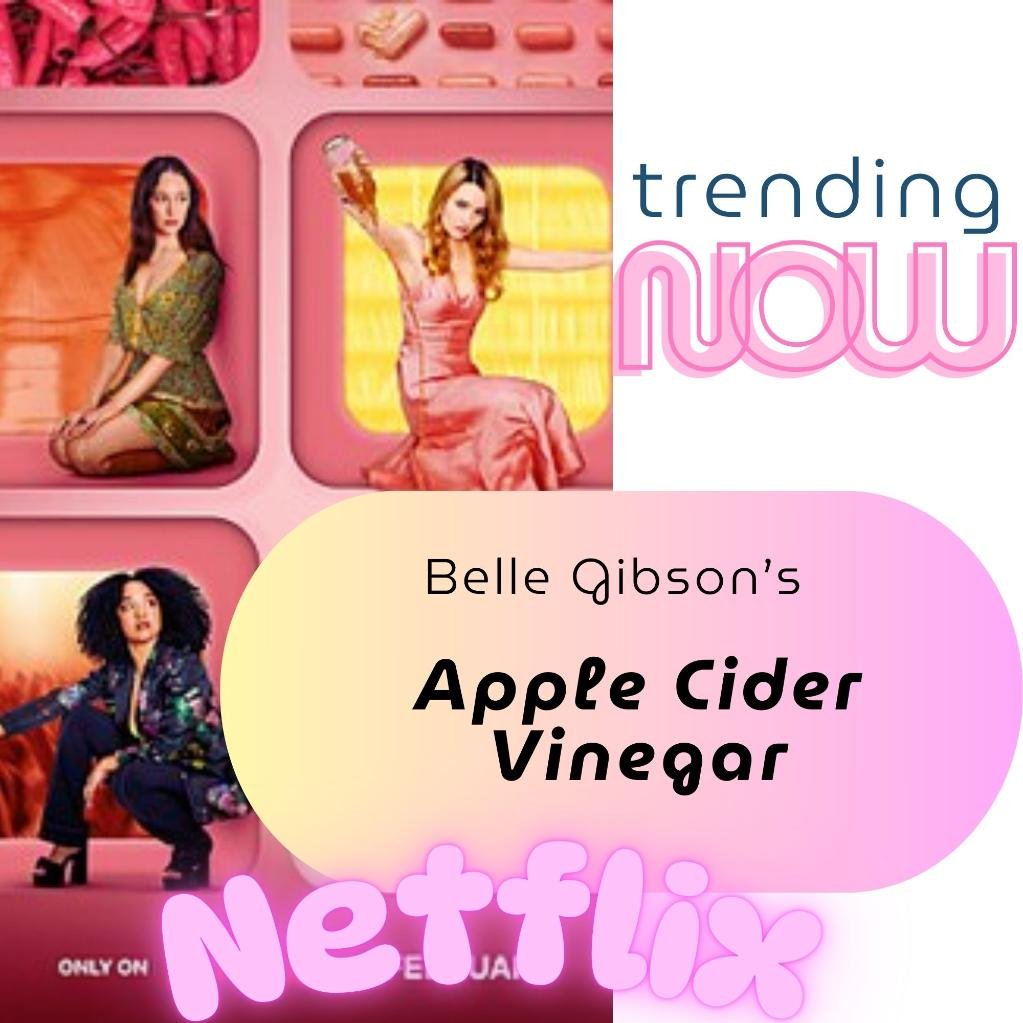We’ve all experienced standing in front of the mirror, struggling with our rebellious tress, wondering why our hair refuses to cooperate today. That moment when you look at your reflection and your hair appears fantastic? It can completely change your day. However, those annoying bad hair days? They can make you want to hide beneath a hat.
I understand. My connection with my hair has been a tumultuous ride of experimentation, product trials, and numerous “what was I thinking? ” instances. Whether you’re battling frizz that won’t relent, questioning why your hair has suddenly become finer, or simply attempting to establish a routine that doesn’t feel like advanced calculus, this guide is tailored for you.
Hair is not merely about appearance—it conveys something personal. It forms a part of our identity, our means of expression, and frequently, our self-esteem. From the thrill of a new haircut to the sadness of unforeseen hair loss, our emotional bond with our hair is profound.
In this blog, I will disclose all that I’ve acquired regarding the care of healthy, beautiful hair. We will delve into the science of various hair types, investigate remedies for typical issues, and uncover natural treatments that are genuinely effective. I have experimented with numerous products, methods, and home solutions so that you don’t have to squander your time and money on things that fail to produce outcomes.
Therefore, let’s embark on this hair care adventure together—no more bad hair days, no more uncertainty about your hair’s requirements, and no more feelings of battling a losing struggle with your strands. Your journey to hair that makes you feel incredible begins right here.
What Is Hair?
Hair grows from the skin. It’s formed of a protein called keratin. Each hair contains a root beneath the skin and a visible shaft. Hair appears in a variety of colors and kinds. Some are straight, while others are curly or curvy.
Hair increases around half an inch per month. It grows from miniature holes in our skin known as follicles. The shape of these follicles defines whether your hair is straight or wavy.
Why Hair Matters
Hair does more than simply make us look good. It keeps our heads warm and protects our skin from the sun. Hair also shows off our style and who we are.
In many places, hair has deep meaning in culture. Some keep their hair long for faith reasons. Others change hair color or style to fit in with friends.
Types of Hair
Hair comes in all sorts of styles, and knowing your hair type is key to giving it the care it deserves.
1. Straight hair: This type is smooth and sleek, with no curls in sight.
2. Wavy hair: It features soft waves and a bit more volume compared to straight hair.
3. Curly hair: This type showcases beautiful loops and bouncy springs.
4. Coily hair: This results in tight, defined curls or coils.
Each hair type has its own unique maintenance needs. For instance, curly hair usually craves more moisture than straight hair.
Essential Hair Care Tips
Here are some helpful tips to keep your hair looking its best:
Washing Your Hair
How often should you wash your hair? This depends on your particular hair type. Someone with oily hair, shampoo may need to be used every day. People with dry or curly hair, might need to wash their hair less.
Lukewarm water, not hot water, needs to be used as hot water can dry your hair and skin out. Use a shampoo designed for your hair type and then massage your shampoo to your scalp with your fingers.
Then, a good place to start is using a good conditioner. This will keep your hair smooth and manageable, just focus the conditioner on the tips of your hair – not at the roots.
Drying and Brushing
You can gently pat your hair dry using a soft towel. Don’t scrub, especially when they are wet; your hair is more likely to break. If you use a hair dryer, put the dryer on low and hold it about six inches away from your hair.
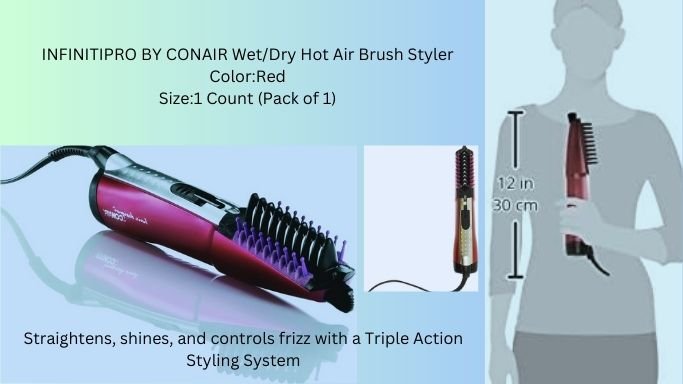
You want to start with the brush at the ends of your hair, so you slowly brush your hair from the ends to the roots. If you have curly hair, your curls can be styled with a wide-toothed comb while it is damp. Once your hair has dried you can then brush it out.
Trimming
Trimming your hair every 6-8 weeks will prevent broken ends and keep your hair growing healthy. You only need to get about half an inch, and it can still make a big difference!
Understanding and Treating Hair Loss
Everyone experiences hair loss, irrespective of gender. Hair loss is common; individuals typically shed between 50 and 100 hairs daily. However, if you notice an unusual amount of hair in your brush or drain, it might be time to take measures.
Types of Hair Loss
Hair loss comes in many forms:
Androgenetic Alopecia
This is the most common type. Men often see a receding hairline or bald spot-on top. Women usually notice thinning all over but keep their front hairline.
Telogen Effluvium
This happens when stress or big body changes push hair into its resting phase. Many hairs fall out at once. This often happens after:
- – Having a baby
- – Major surgery
- – Severe illness
- – Rapid weight loss
- – High stress times
Traction Alopecia
This comes from pulling the hair too tight. Tight ponytails, braids, or buns can cause this. It’s more common in those with textured hair who use tight styles.
Alopecia Areata
Here, your hair follicles are attacked by the body. It causes round, smooth bald patches. It can affect any part of the body with hair.
Hair Loss in Different Skin Tones
People with darker skin may have different hair loss patterns:
- – Central hair loss is more common than front hairline loss
- – Hair breakage might look like hair loss but has different causes
- – Some hair care practices like tight braiding can make hair loss worse
- – Some scalp conditions are more common in different ethnic groups
Solutions for Hair Loss
Medical Treatments
- – Minoxidil (Rogaine): A liquid or foam you put on your scalp
- – Finasteride: A pill mostly used by men
- – Steroid shots for some types of hair loss
- – Special shampoos with ketoconazole
Natural Remedies
- – Rice water rinses show promise in some studies
- – Rosemary oil may help blood flow to the scalp
- – Scalp massage can help some people
- – Foods rich in biotin and protein support hair growth
Lifestyle Changes
- – Lower stress when possible
- – Choose gentle hairstyles that don’t pull
- – Use a wide-tooth comb on wet hair
- – Avoid very hot tools on your hair
- – Get enough iron, zinc, and vitamin D
Postpartum Hair Loss
Many new moms lose hair after having a baby. This happens when pregnancy hormones drop. The good news is that this type of hair loss often fixes itself:
- – Most women see regrowth by their baby’s first birthday
- – Gentle hair care helps during this time
- – Rice water rinses may help speed up growth
- – Volumizing products can make hair look fuller
- – Some women find success with collagen supplements
Remember that most hair loss can be cured. Consult a doctor if you experience sudden hair loss, pain, itching, or redness with your hair loss.
Rosemary Oil for Hair Growth
People want long and thick hair. While rosemary oil can help with that. Rosemary oil is obtained from the rosemary plant, which has been used for a long time to enhance health. Studies show that this oil can promote more hair growth. It works by boosting blood circulation to your scalp. In turn, this nourishes and stimulates your hair roots.
Using rosemary oil is quite easy. Mix a few drops with a carrier oil. You can use jojoba or coconut as a carrier oil. Then use it on your scalp one or two times a week. You can also mix a few drops into your conditioner or shampoo.
Rosemary smells great even though it is strong. Most people love the pine-like scent that is refreshing. Be patient when using rosemary oil. It takes time to see results, often a few months. If you persevere, you may notice more new hair growth and fewer hair loss.
The Magic of Coconut Oil for Hair
Coconut oil is a preferred choice for hair care. Unlike other oils, it can penetrate the hair shaft. it can get inside the hair shaft. This makes it great for fixing damage and dry hair.
The key to utilizing coconut oil is to match it with your hair type. People with fine to medium hair should apply it before washing. Those with thick, curly, or coily hair can use it as a leave-in treatment.
How to use coconut oil depends on your needs:
For Pre-Wash Care
Put a small amount of coconut oil on your dry hair. Start at the ends and work up. Leave it on for 30 minutes or sleep with it overnight. Then wash as usual.
For Deep Treatment
Heat the oil until warm but not hot. Apply to your scalp and hair. Wrap your head in a warm towel for 30 minutes. Wash out with shampoo.
For Frizz Control
Rub a tiny bit of coconut oil between your palms. Then smooth over dry hair to tame frizz. Focus on the ends, not the roots.
For Dandruff
Massage warm coconut oil into your scalp. The oil fights fungi that cause flakes. Leave on for an hour, then wash well.
Coconut oil is best used on dry or damaged hair. If you have greasy hair, use less product and concentrate on the ends. Too much can make hair appear oily.
For the greatest results, use unrefined coconut oil. It’s more costly than refined oil but has more good stuff for your hair.
Fighting Frizzy Hair
When your hair absorbs moisture from the air, it can become frizzy. This makes the hair shaft swell and stick out. This makes your hair puffy and unmanageable.
Some people have frizz all the time. Other people only see it on humid days. Whatever the case, there are ways to deal with it.
What Causes Frizz?
Usually, frizzy hair happens with dry or damaged hair. When hair loses moisture, it gets it from the air around it. Hair can become damaged from:
- – Too much heat styling
- – Harsh shampoos
- – Color treatments
- – Sun exposure
- – Rough brushing
Products That Fight Frizz
If you have Frizzy Hair, Conditioners, Serums, Creams and Oils are your best friends. According to hair professionals, these types of products work best for your hair care:
Smoothing Shampoos and Conditioners
Shampoos and conditioners with “smoothing” or “anti-frizz” on the label would be ideal. These products usually have oils to coat your hair and keep moisture away.
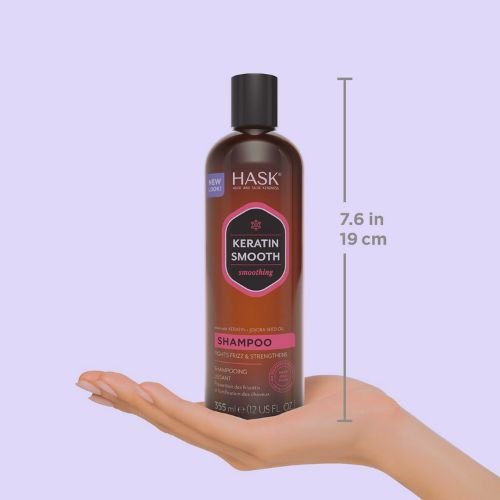
Set for All Hair Types
Color Safe
Gluten-Free
Sulfate-Free
Paraben-Free
Cruelty-Free
1 Shampoo and 1 Conditioner
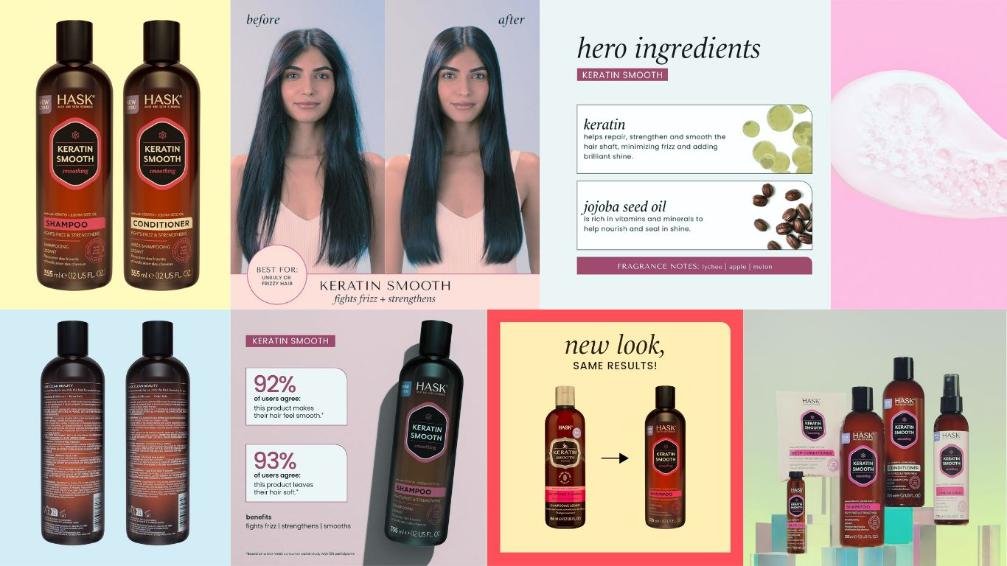
Click here to buy
Leave-In Conditioners
These will continue to work even when you step out of the shower. They keep their hair extra moist – less frizz. So, These will keep working even after you leave the shower. They provide extra moisture to their hair which means less frizz.
Hair Oils and Serums
Some hair oil can help seal the hair shaft. It is better to apply Leave-In Conditioners to damp hair that isn’t sitting in a towel to reduce frizz more.
Anti-Frizz Sheets
These work like dryer sheets for your hair. Keep them in your bag for quick fixes when frizz strikes during the day.
Styling Tips for Frizzy Hair
How you dry and style your hair makes a big difference:
- – Use a microfiber towel to dry hair, not a rough cotton one
- – Don’t rub your hair dry – pat it gently
- – Try a silk pillowcase to reduce friction while you sleep
- – Use a wide-toothed comb, not a brush, on wet hair
- – Apply styling products to damp hair, not dry—avoid rubbing
Home Remedies for Frizz
Try these simple fixes from your kitchen:
- – Rinse with cold water after washing to close the hair cuticle
- – Mix honey with a bit of water and smooth over frizzy spots
- – Make a mask with banana and yogurt once a week
- – Try a final rinse with flat beer (the smell goes away when it dries)
Using the right products can help in overcoming freezing. The most important thing to remember is that your hair needs moisture to fight the humidity.
Creating Your Perfect Hair Routine
Finding the right hair products for hair care can feel like a tough job. What works for one person’s hair care may not work for your’s. The key is to build a routine that fits your own hair type and needs for hair care.
Listen to Your Hair
Your hair will tell you what it needs. Does it feel dry and brittle? Look for moisture. Is it limp and oily? Look for volume. Pay close to how your hair reacts to each product you try.
Many people find that mixing high-end and budget products works well. You might spend more on a great shampoo but save on styling aids. The most costly item is not always the best for your hair.
A Sample Hair Routine
Here’s an example of a full hair care routine that many people find works well:
Wash Day Basics
- – Start with a gentle shampoo that cleans without stripping oils
- – Use a rich conditioner, focusing on the ends
- – Apply a leave-in product to damp hair
- – Follow with a heat protectant if using hot tools
Styling Must-Haves
- – A good blow-dry cream or foam for smooth results
- – Light hairspray for hold without stiffness
- – Dry shampoo for days between washes
- – Hair oil or serum for shine and frizz control
Weekly Extras
- – Deep conditioning mask once a week
- – Cleansing shampoo once a month to eliminate build-up
- – Scalp scrub to keep follicles clear
- – Bond repair treatment if your hair is color-treated or damaged
Changing With the Seasons
Your hair needs change with the weather. In summer, you might need more frizz control. In winter, more moisture. Don’t be afraid to switch products as the seasons change.
Also, your hair changes as you age. What worked in your 20s might not work in your 40s. Check in with your hair needs every few years and adjust as needed.
When to See a Pro
If your hair has major issues that home care isn’t fixing, see a pro. Hair stylists can:
- – Suggest products for your exact hair type
- – Trim split ends that no product can fix
- – Give treatments that work deeper than home masks
- – Help find the cause of scalp problems
Remember that hair care is not one-size-fits-all. Be willing to try new things until you find what makes your hair look and feel its best.
Dealing with Common Hair Problems
Dry Hair
Dry hair feels rough and looks dull. To fix this:
- – Use moisturizing shampoo and conditioner
- – Try a weekly deep conditioning mask
- – Drink plenty of water
- – Eat foods rich in good fats like avocados and nuts
Oily Hair
Oily hair looks greasy and flat. To help this:
- – Wash your hair with a mild, cleansing shampoo
- – Don’t use too much conditioner
- – Touch your hair at a minimum
– Use dry shampoo between washes
Dandruff
Dandruff causes white flakes on your scalp. To fight it:
- – Use an anti-dandruff shampoo
- – Don’t scratch your scalp
- – Reduce stress
– Eat a balanced diet
Hair Styling Basics
Tools You Need
Good tools help you style your hair better:
- – Quality brush or comb
- – Hair dryer
- – Flat iron (for straight styles)
- – Curling iron (for curly styles)
- – Hair clips and ties
- – Styling products like mousse, gel, or spray
Popular Hairstyles
For Short Hair
- – Pixie cut: A short, choppy style that frames the face
- – Bob: A blunt cut that ends at or above the chin
- – Undercut: Short on the sides and back, stretched on top
For Medium Hair
- – Layered cut: Adds body and movement
- – Lob (long bob): Falls between the chin and shoulders
- – Side-swept bangs: Frames the face nicely
For Long Hair
- – Long layers: Adds shape without losing length
- – Braids: From simple to complex patterns
- – Half-up styles: Pulls some hair back while leaving some down
Natural Hair Care Remedies
Try these items from your kitchen for healthy hair:
Avocado
Pound a seasoned avocado and add a tablespoon of olive oil. Apply to moist hair for 30 minutes, then rinse well.
Apple Cider Vinegar
With three parts water mix one part apple cider vinegar. Use after shampooing to add shine to your hair.
Egg
Shattered an egg and apply it to damp hair. Permit it to rest for 20 minutes before soaking with cool water.
Seasonal Hair Care
Summer Hair Care
The sun can damage your hair. Wear a hat when outside for long times. Use products with sun protection. Rinse hair after swimming in pools or the ocean.
Winter Hair Care
Cold air and heating can dry out hair. Use extra conditioner in winter. Wear a hat outside, but choose one made of silk or satin inside to prevent static.
Hair Care for Different Ages
Kids’ Hair
Kids’ hair is often finer and needs gentle care. Use slit-free shampoo. Untangle with a wide-tooth comb. Keep styles simple and low-stress.
Teen Hair
Teens may deal with oily hair due to hormones. Wash as needed with a gentle shampoo. Try simple styles that don’t need much product.
Adult Hair
Adults should find what works for their hair type. Pay attention to changes in your hair as you age. Consider your face shape when picking styles.
Older Adults
Hair gets weaker as we age. Use volumizing products. Be gentle with styling. Think about cuts that add fullness.
Hair Color
Your whole look can be changed using hair color. You can go darker, lighter, or try fun colors like blue or pink.
If you color at home, follow the box directions closely. For big changes, see a pro stylist. They know how to get the shade you want without damage.
Remember that dye can dry out your hair. Use special shampoo for color-treated hair. Deep condition once a week.
Final Thoughts
In conclusion, your hair is something that makes you unique. It is important to take care of your hair and have fun with it. When you want to alter things up, experiment with new styles. The best haircut helps you feel fantastic. With the appropriate haircut and hair care, your hair will look splendid every day. It is central to wash, brush, trim and style your hair correctly. Hair will be grateful for it.
Frequently Asked Questions with Answers
What determines if my hair is straight or curly?
The shape of your hair follicles (the tiny holes in your skin where hair grows from) determines whether your hair is straight or curly.
What are the main types of hair?
There are four main hair types: Straight hair is hair without any curls. Wavy hair has hair that forms gentle waves and has more body than straight. Curly hair forms loops and springs. Coily hair makes tight curls or coils.
How often should I wash my hair?
It all depends on your hair type. If your hair is oily, you might want to wash it every day. But if it is dry or curly, wash less often.
For more info, see the “Essential Hair Care Tips” section.
What’s the best way to wash my hair?
Use warm (not hot) water, apply shampoo to your scalp and work it in with your fingers. Use conditioner focusing on the ends of your hair rather than the roots.
Please see “Washing Your Hair” section for more details.
How should I dry and brush my hair?
Massage your hair dry with a soft towel instead of rubbing. For curly hair, use a wide-tooth comb when your hair is wet. For straight hair, brush when dry. If you are using a hair dryer, keep the heat low and at a distance of six inches from your hair.
For details, please browse “Drying and Brushing” section for more details.
How often should I get my hair trimmed?
Getting a trim every 6 to 8 weeks helps prevent split ends and healthy growth.
Please see “Trimming” section for more details.
What are the common types of hair loss?
To know about common types hair loss, please visit the “Types of Hair Loss” section.
Is postpartum hair loss permanent?
No, most women see regrowth by their baby’s first birthday. This kind of hair loss is a temporary one. It happens when the hormones from pregnancy start to lower.
For more detail,s please seethe section on “Postpartum Hair Loss.”
Do the benefits of rosemary oil for hair growth also extend to other areas?
Studies show that rosemary oil could work as well as certain hair growth drugs. It helps promote hair growth by increasing blood supply to the scalp.
Please see “Rosemary Oil for Hair Growth” section for more details.
What Is the Importance Of Coconut Oil For Hair?
Coconut oil helps with penetrative properties which helps treat damage and dryness. It also conditions, reduces protein loss, and fights frizz.
Please see “The Magic of Coconut Oil for Hair” section for more details.
Is your hair frizzy and uncontrollable?
Frizz occurs when the hair absorbs moisture from the air making the hair shaft swell and stick out. This problem tends to get worse in humid conditions and with dry or damaged hairs.
For more information, see “Fighting Frizzy Hair.”
What basic tools do I need for hair styling?
* Quality brush or comb
* Hair dryer
* Flat iron (for straight styles)
* Curling iron (for curly styles)
* Hair clips and ties
* Styling products like mousse, gel, or spray
Please see “Hair Styling Basics” section for more details.
How should I protect my hair in summer?
To maintain healthy hair in summer, wear a hat outside for a long time, use products with sun protection and rinse your hair after swimming in pools or the ocean.
How can I prevent hair damage in winter?
Use extra conditioner, wear a silk or satin hat for static protection, and protect against dry indoor heating.
How should teens care for their hair?
Teens may have to wash hair more often because their hair can get oily due to hormones. Use mild shampoo and plain hairstyles that don’t need much styling.
Please check out “Hair care for Different Ages” section for more details.
How can I protect color-treated hair?
Use a shampoo that is meant for color-treated hair and deep-condition it once a week. You need to add moisture as color treatment can dry your hair.
Please read “Hair Color” section for more details.
Why is learning about my hair type important?
When you know your hair type, you can take the right care of your hair. For instance, curly hair type usually needs more moisture than straight hair type.
What styles are good for medium-length hair?
Layered cuts, long bobs (lobs), and side-swept bangs work well for medium hair.
Please read “Popular Hairstyles” section for more details.


